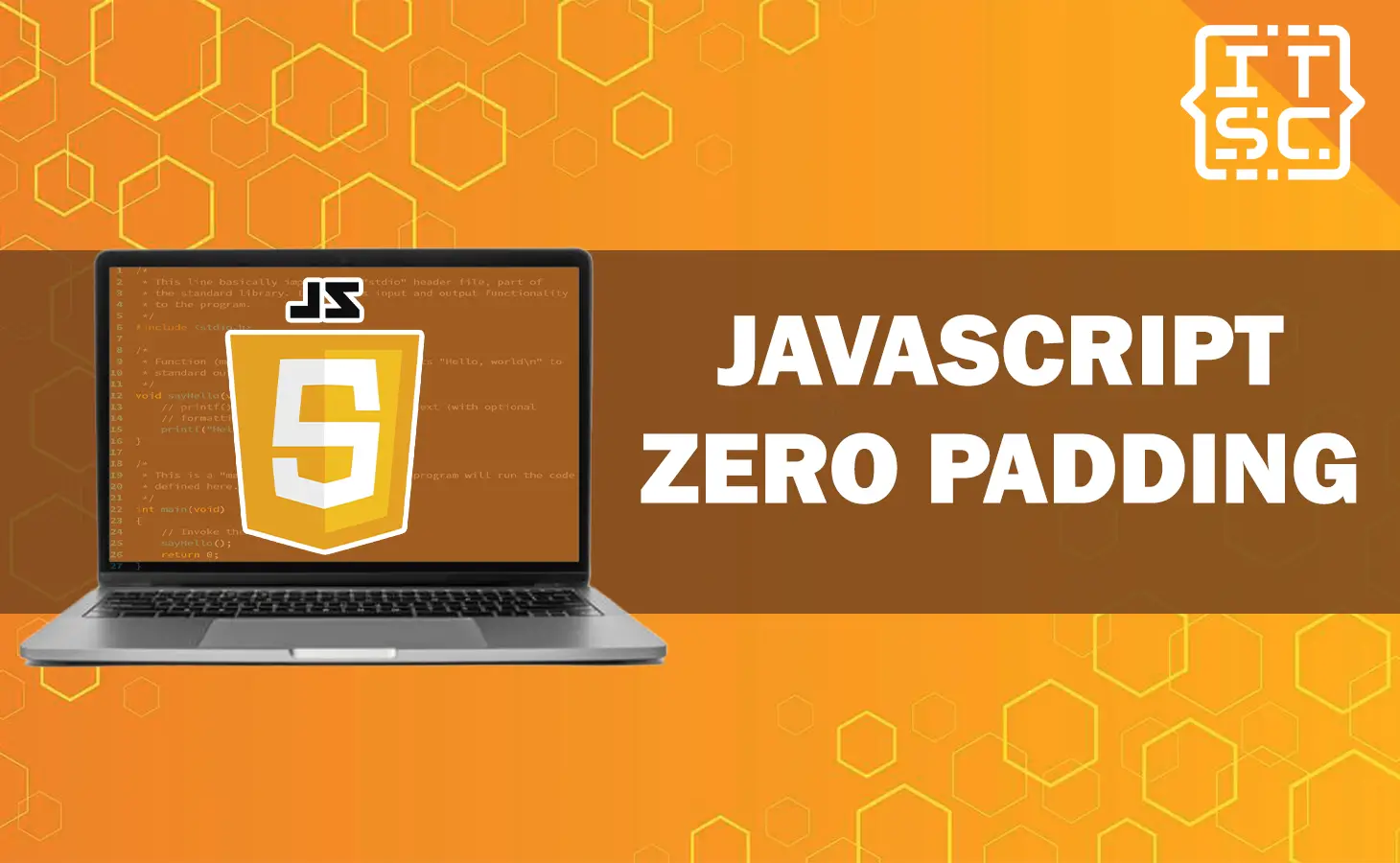Zero padding in JavaScript involves the addition of leading zeros to a number, guaranteeing that it always occupies a specific number of digits.
In this article, we will delve into the implementation of zero padding in JavaScript, exploring built-in methods and logical approaches to achieve this task.
What is zero padding javascript?
In JavaScript, zero padding involves appending leading zeros to a number to ensure that it always occupies a certain amount of digits.
This technique is very beneficial when working with data that requires consistent formatting, such as timestamps, unique identifiers, or any numerical data that needs to be visually aligned.
Instead of having numbers of variable lengths, we can preserve uniformity and readability by using zero padding.
Consider the following example to demonstrate this. Assume we have a list of IDs that range from 1 to 100. The IDs will appear like this if there is no padding:
1, 2, 3, …, 98, 99, 100.
However, with no padding and a width of three digits, the IDs will look like this:
001, 002, 003, …, 098, 099, 100.
How to Implement Zero Padding in JavaScript
To achieve zero padding in JavaScript, we can leverage built-in methods and some simple logic.
The most commonly used approach involves using the padStart() method, which is available for strings.
The padStart() method adds padding characters at the beginning of a string until it reaches the specified length.
Here’s the syntax for padStart():
const paddedNumber = originalNumber.toString().padStart(targetLength, paddingCharacter);In this syntax, originalNumber is the number you want to pad, targetLength is the desired total length of the number (including the leading zeros), and paddingCharacter is the character used for padding (typically “0” in zero padding).
Let’s see a practical example:
const originalNumber = 7;
const paddedNumber = originalNumber.toString().padStart(3, '0');
console.log(paddedNumber); // Output: "007"
Advantages of Using Zero Padding in JavaScript
Zero padding in JavaScript offers several advantages, making it a valuable technique for web developers:
- Data Alignment: Zero padding ensures that data with fixed lengths, such as dates or identifiers, remains visually aligned, improving readability and presentation.
- Consistent Output: By padding numbers with leading zeros, you can ensure consistent output in your applications, which is essential for a polished user experience.
- Sorting and Filtering: When dealing with large datasets, zero padding facilitates sorting and filtering operations, as all data elements have uniform lengths.
- URLs and Filenames: Zero padding is often used in URLs and filenames to maintain a consistent structure, making it easier to manage and organize files.
Zero Padding JavaScript: Real-World Use Cases
Let’s explore some real-world use cases where zero padding in JavaScript can significantly improve your coding solutions:
1. Timestamps and Date Formatting
When displaying timestamps or dates in your web applications, zero padding ensures that the date components maintain a consistent length.
For example, if you want to display dates in the format “YYYY-MM-DD,” zero padding ensures that each component (year, month, and day) occupies the same number of characters, making the date visually uniform.
2. Order Numbers and Invoice IDs
In e-commerce applications, order numbers and invoice IDs often need to be presented in a standardized format.
By using zero padding, you can ensure that these numbers appear consistent, making it easier for users to identify and track their orders.
3. Tracking Numbers and Barcodes
Shipping and logistics systems rely on tracking numbers and barcodes to manage packages efficiently.
Zero padding is useful in this context, as it helps maintain a consistent length for tracking numbers, enabling seamless tracking and handling.
4. Gaming and Leaderboards
In gaming applications, especially those with scoreboards and leaderboards, zero padding is essential to keep player scores visually organized.
By padding scores with leading zeros, you ensure a uniform display, making it easier for players to compare their rankings.
Nevertheless, here are other functions you can learn to enhance your JavaScript skills.
- What is Javascript Array Group by? How To Do It?
- What is Hasproperty Javascript? How To Use it?
- Is JavaScript similar to Java? What’s the difference?
Conclusion
In conclusion, zero padding in JavaScript is a technique used to add leading zeros to a number, ensuring it occupies a specific number of digits. This approach is particularly valuable when working with data that requires consistent formatting, such as timestamps, unique identifiers, or any numerical data that needs to be visually aligned.

